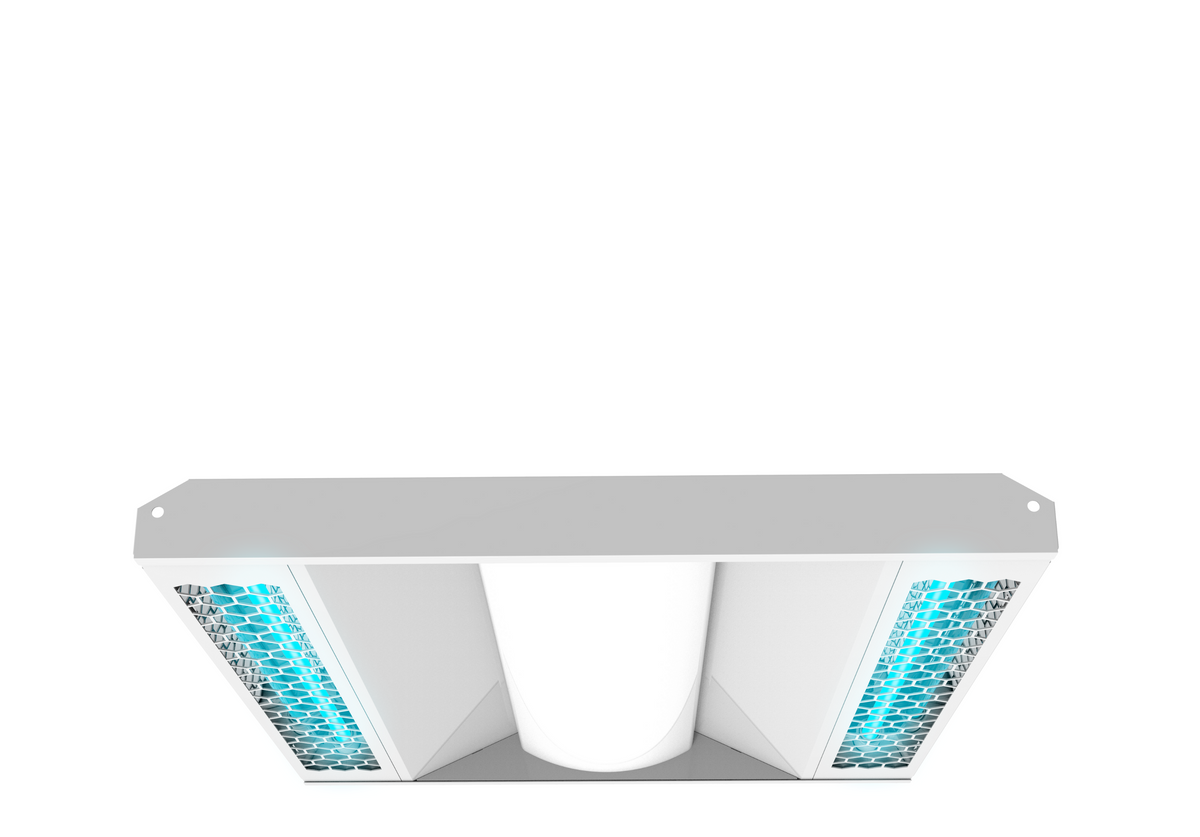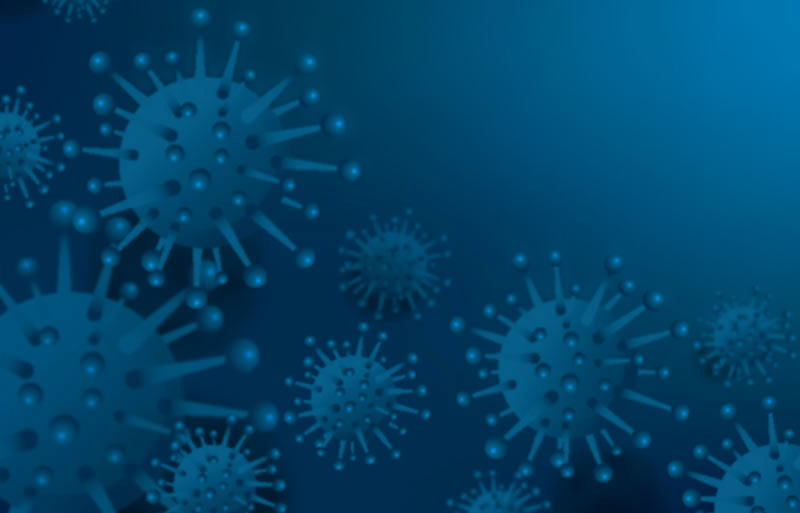UV Surface Disinfection Demystified: Recognizing the Science Behind the Service
Taking Advantage Of the Potential of UV Sanitation: Safeguarding Wellness and Hygiene
UV disinfection, a modern technology extensively utilized in numerous sectors, has confirmed efficient in removing damaging pathogens. From comprehending the mechanisms at play to implementing this innovation in our daily lives, this discussion intends to lose light on the potential of UV disinfection and its function in safeguarding our health and wellness and health.
Understanding UV Disinfection
UV sanitation is a highly efficient and extensively utilized technique for removing dangerous microorganisms and ensuring health and wellness and hygiene. This method uses ultraviolet (UV) light to suspend bacteria by damaging their DNA and avoiding them from replicating. UV disinfection is especially effective against bacteria, infections, and various other bacteria that can trigger infections and illness.
The concept behind UV disinfection is easy yet powerful. When UV light is discharged at a details wavelength, it permeates the bacterium's cell wall and disrupts its hereditary product. This process, known as photodissociation, causes the development of thymine dimers, which stop the bacterium from replicating and rendering it safe. UV disinfection can be used in numerous settings, including water therapy plants, medical care facilities, food processing industries, and air filtration systems.
Among the advantages of UV sanitation is its capability to effectively and efficiently eliminate a variety of microorganisms without the need for chemicals or additives. Unlike other sanitation methods, such as chlorine or ozone, UV sanitation does not present unsafe by-products or chemical deposits into the atmosphere. Additionally, UV sanitation is a non-contact procedure, which means that it does not require physical call with the microorganisms, reducing the danger of cross-contamination.

The Scientific Research Behind UV Disinfection
The efficiency of UV disinfection lies in its capability to disrupt the genetic product of bacteria, rendering them unable to duplicate and therefore removing their harmful potential. This high-energy UV-C radiation is most effective in disinfection applications because it can penetrate the cell walls of microorganisms and harm their DNA or RNA.
When microbes are revealed to UV-C radiation, the power is soaked up by their hereditary product, creating bonds to damage and developing chemical responses that interrupt their capability to replicate. This stops the microbes from spreading out and reproducing infection. UV sanitation is specifically effective against fungi, bacteria, and viruses, including common pathogens such as Escherichia coli, Salmonella, and Influenza.
The scientific research behind UV sanitation is sustained by considerable research study and research studies. It has been shown that exposure to a sufficient dosage of UV-C radiation can accomplish a high level of disinfection, typically surpassing 99.9% efficacy in killing microbes. It is essential to keep in mind that the performance of UV sanitation depends on numerous variables, consisting of the intensity of UV-C radiation, direct exposure time, distance from the UV source, and the vulnerability of the microbe to UV radiation (uv surface disinfection).
Applications of UV Sanitation
Given the comprehensive research and effectiveness of UV sanitation in interrupting the genetic material of microbes, it is essential to explore the numerous sensible applications of this modern technology. UV sanitation has verified to be a beneficial device in a vast array of industries where preserving a risk-free and tidy atmosphere is important.
One significant application of UV disinfection remains in medical care setups. UV light can be used to sanitize surfaces, tools, and even the air in medical facilities and medical centers. This aids to lower the risk of healthcare-associated infections and ensures a safer environment for individuals and healthcare workers.
An additional crucial application remains in the food and drink sector. UV disinfection is utilized to treat water and remove hazardous virus, such as E. coli and Salmonella, from the manufacturing procedure. uv surface disinfection. This makes certain the security and high quality of the products we take in
UV disinfection is likewise commonly used in water therapy plants and wastewater treatment centers. It is an effective approach for destroying dangerous germs, viruses, and parasites that can be existing in water resources. This helps to give secure and tidy drinking water to areas and shield the atmosphere from air pollution.
Furthermore, UV sanitation is used in the pharmaceutical market to decontaminate devices and keep the integrity of items. It is additionally made use of in labs and study centers to stop contamination and guarantee exact outcomes.
Benefits of UV Disinfection Innovation
One noteworthy benefit of employing UV disinfection technology is its ability to efficiently get rid of microorganisms without making use of severe chemicals. This is particularly helpful in numerous settings, such as medical care facilities, water therapy plants, and food processing sectors, where the presence of damaging pathogens positions a considerable risk to public health and security.
Unlike typical disinfection approaches that count on chemicals like chlorine or ozone, UV disinfection technology makes use of ultraviolet light to target and damage the DNA of microorganisms, successfully neutralizing their capacity to replicate and cause infections. This process not only gets rid of the requirement for possibly hazardous chemicals however likewise minimizes the threat of chemical deposit or byproducts continuing to be in the treated setting.

Furthermore, UV sanitation modern technology is ecologically pleasant. As it does not depend on the use of chemicals, it eliminates the requirement for their disposal, manufacturing, and transport, reducing the overall carbon footprint related to disinfection processes. Additionally, UV disinfection systems have a longer lifespan compared to chemical-based methods, resulting in much less constant substitute and more lowering waste.
Applying UV Sanitation in Day-to-day Live
To properly implement UV sanitation in life, people and companies can integrate portable UV sanitizing devices right into their health regimens and cleaning up methods. These gadgets are developed to release ultraviolet light, which has been proven to kill or inactivate a variety of microorganisms, including germs, fungi, and infections. By utilizing portable UV sanitizing tools, individuals can disinfect commonly touched objects and surface areas, more information such as mobile phone, doorknobs, laptop computers, and secrets, lowering the threat of spreading germs and infections.
In addition to including portable UV sanitizing devices, it is necessary to adhere to correct guidelines and recommendations for effective UV sanitation. This includes making sure that the gadget is utilized correctly and for the advised duration to achieve optimum disinfection results. It is also essential to focus on safety actions, such as using protective eyewear and preventing direct exposure of the UV light to the skin.

Additionally, companies can carry out UV sanitation modern technology in numerous setups to enhance hygiene practices. For circumstances, hospitals and medical care centers can utilize UV sanitation robots to disinfect individual rooms, running movie theaters, and other high-touch locations. Food handling markets can incorporate UV disinfection systems right into their assembly line to enhance food security and prevent contamination.
Verdict
In final thought, UV sanitation technology holds terrific possible in safeguarding health and hygiene. With its many benefits, UV sanitation is a valuable tool for preserving a healthy and clean environment.
Unlike other disinfection approaches, such as chlorine or ozone, UV sanitation does not present harmful spin-offs or chemical residues into the atmosphere. It is crucial to keep in mind that the performance of UV sanitation depends on numerous variables, consisting of the strength of UV-C radiation, direct exposure time, range from the UV resource, and the sensitivity of the microorganism to UV radiation.
Another benefit of UV sanitation modern technology go to this web-site is its capacity to give rapid and continual disinfection. Unlike manual cleaning techniques, which can be lengthy and require considerable labor, UV disinfection systems can be automated and operate continuously, guaranteeing constant disinfection without human intervention.To successfully apply UV sanitation in everyday life, individuals and organizations can include mobile UV sterilizing devices right into their health routines and cleaning practices.